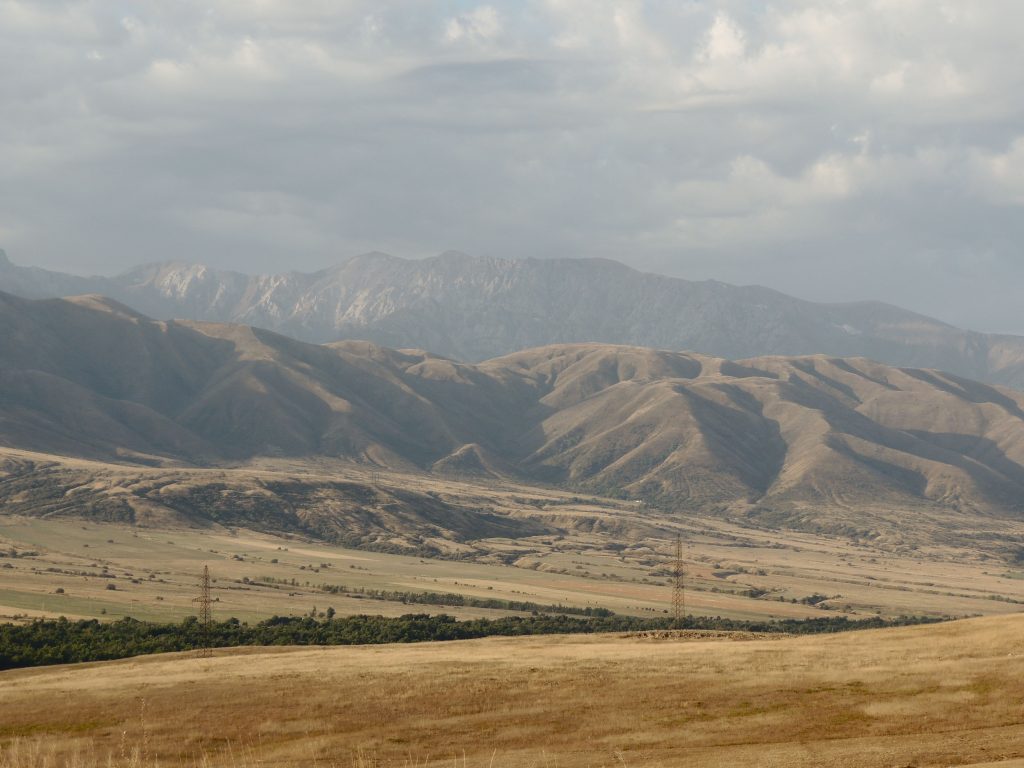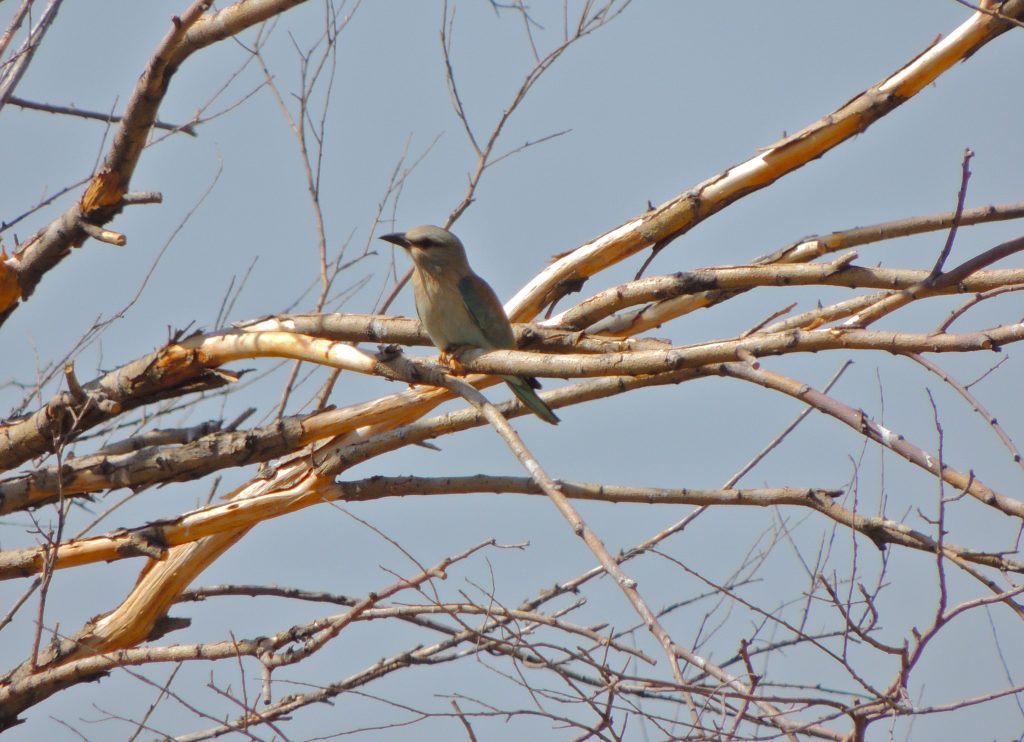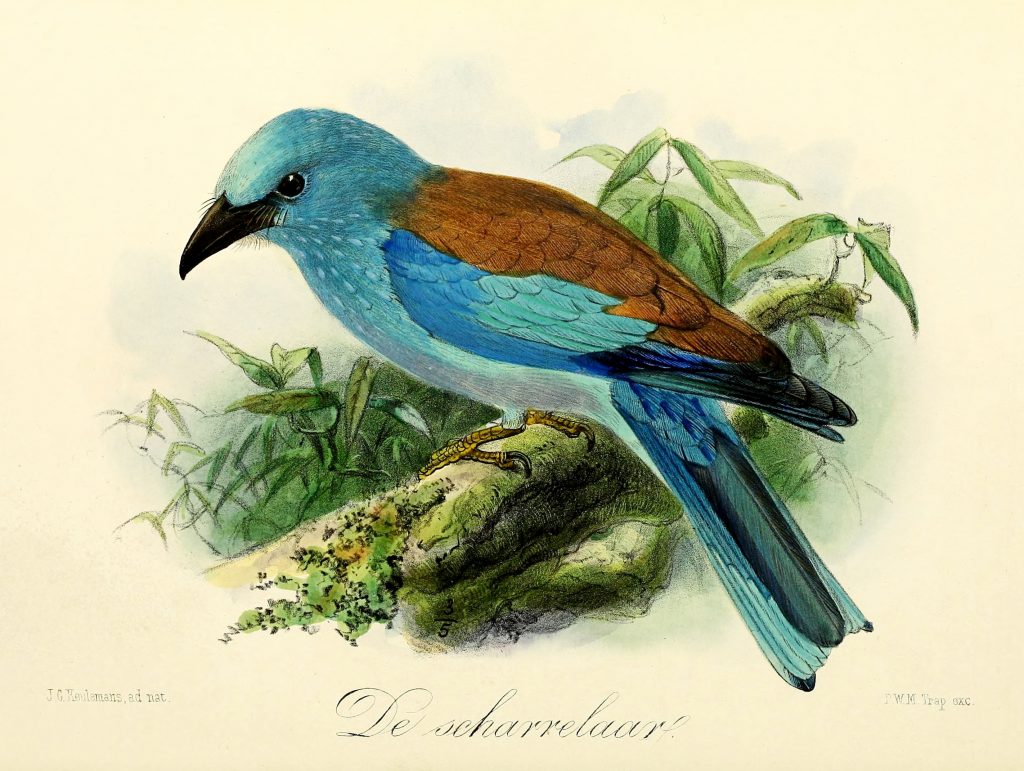September 5 2016 Chokpak Pass, Kazakhstan. I’m digging back into my near-archives for this one, going back to September when four birder friends and I spent a couple of weeks in Kazakhstan. And I’m writing about the European Roller not just because we saw quite a few, or simply because they’re magnificent, but because I’ve been imagining rollers for decades; they are one of my childhood dream birds. A few times in past posts I have written about the thrill of finally meeting up with those I-never-thought-I’d-see-one birds: Hoopoe, Bee-Eater, Avocet and Osprey come to mind. Many of those elusives are Eurasian birds and in hindsight it’s evident they’re more –asian than Eur.
During our days in Kazakhstan we saw many European Rollers but rarely close enough to get a decent look or photo. For mile upon mile there seemed to be a roller on every loop of the utility lines that paralled the highway or railway, but trains don’t stop to look at birds and the glimpses were unsatisfying. But on this day of exploration of the wide valley that separated our camp from the Tien-Shan Mountain slopes, I finally had a chance to move in close to a small group of European Rollers who had settled in the upper reaches of a track-side thicket.
What makes rollers so appealing is their glorious colour, a shimmering sapphire blue below and rich chestnut above. Superficially they look and sound (a hard crow-like RACK-ack) as though they belong in the crow family, but it seems they’re in a family of their own and are more closely related to bee-eaters, kingfishers and kookaburras.
Finally getting a good look at one of those childhood nemesis birds is satisfying; it seems to put to rest a nagging incompleteness. And if seeing is satisfying then getting a decent photo is truly icing on the cake. The photo above, while unmistakably of a European Roller, is, I think, of a young bird because it certainly doesn’t have the sapphire blue I referred to.
The illustration below dates from 1876 and shows the bird in the glory I innocently believed in from poring over the sometimes quaint reference books available to me. I was lucky to enjoy the generous, if slightly stand-offish, tutelage of a certain Major Fenwick who certainly was a child of the 19th Century.